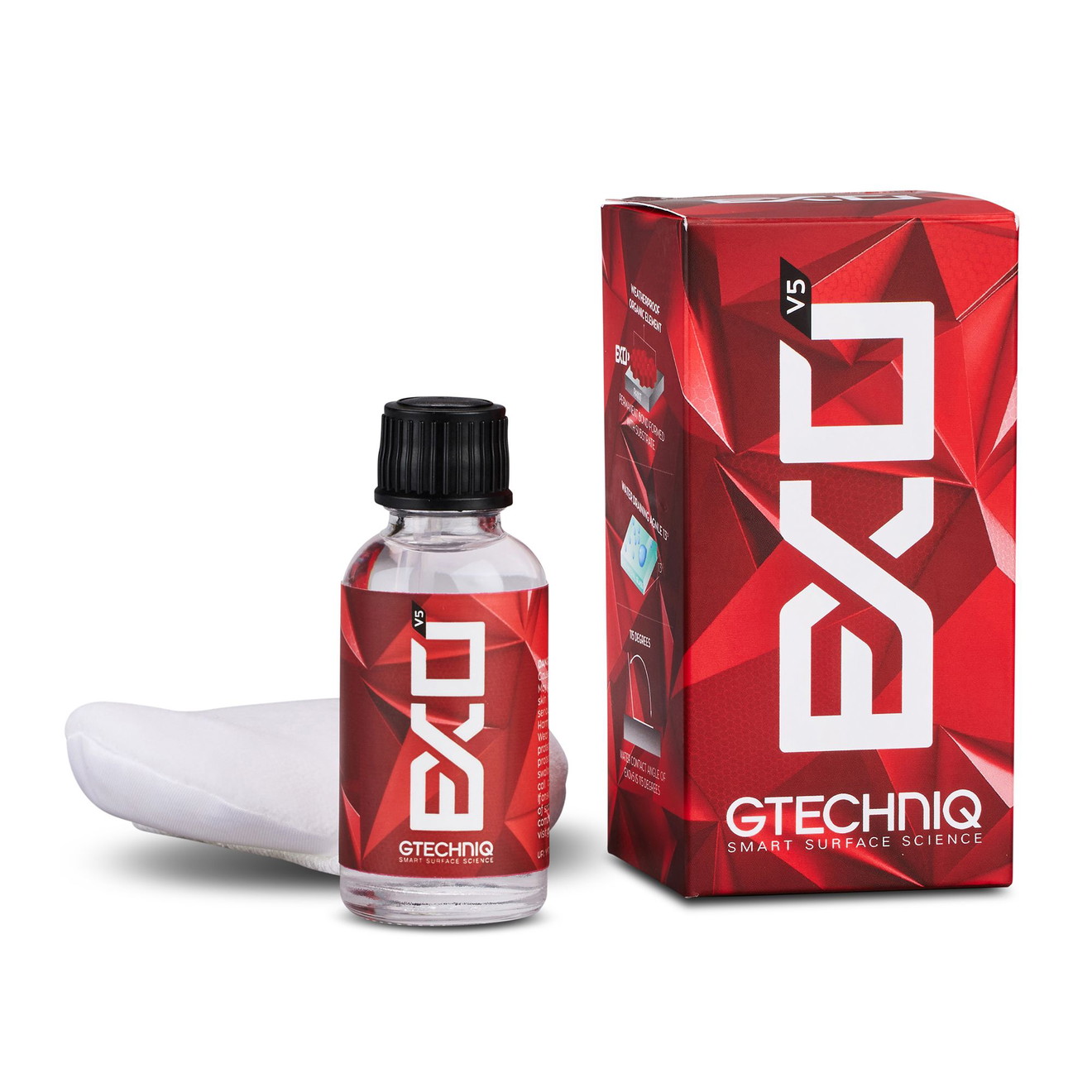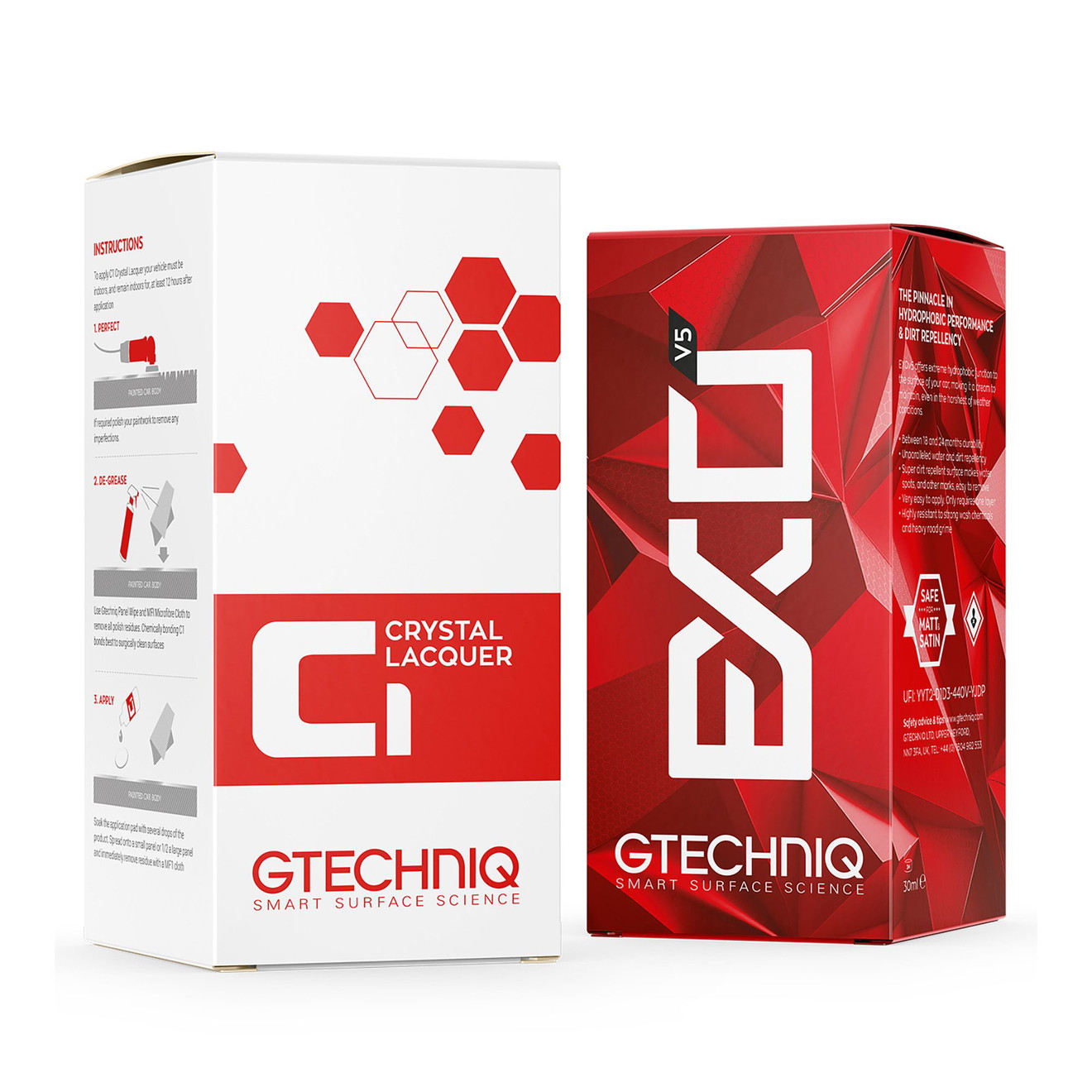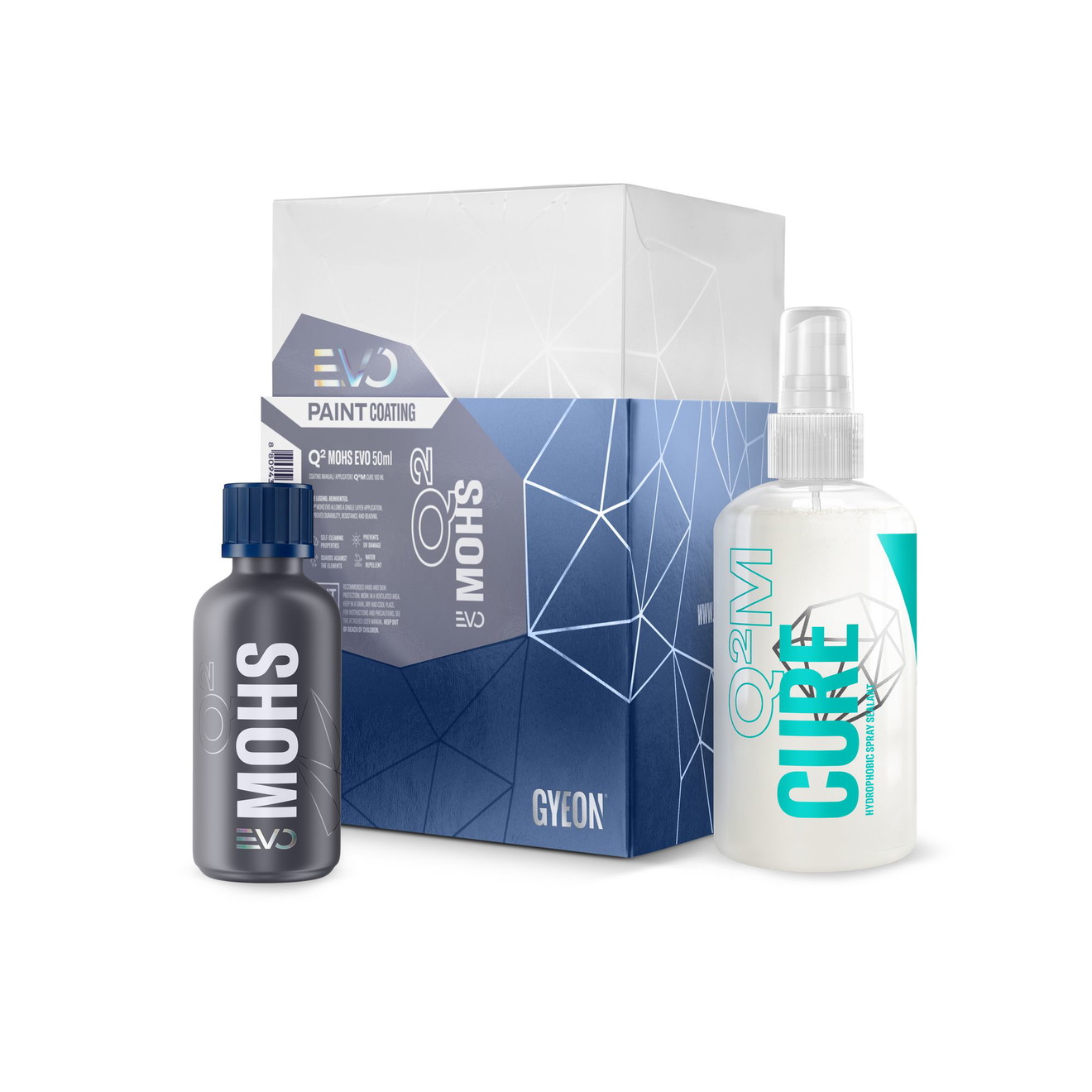Graphene vs. Ceramic: Which Car Paint Coating Is the Right Choice?
When it comes to high-quality coatings, gloss, durability, and protection for your car’s paint are the top priorities. Two technologies currently dominate the market: the proven ceramic coatings and the highly promoted graphene coatings. But what’s the truth behind these technologies? Are claims of increased hydrophobicity, improved scratch resistance, and reduced water spots more than just marketing?
In this introduction, we explore the key differences, benefits, and myths surrounding graphene and ceramic coatings. Whether you’re looking for maximum scratch resistance, chemical protection, or the ultimate finish for your paint, we’ll show you which solution truly delivers. Dive into the world of modern car paint protection and discover what best safeguards your vehicle.
Graphene Coating vs. Ceramic Coating: Which One Is Better?
Graphene coatings are often marketed as an innovative evolution of ceramic coatings. But what’s the truth behind these claims? Upon closer scientific analysis, it becomes clear that the additive graphene in most cases has no significant function or effect in a coating. The main protection still comes from the ceramic components, while graphene is added primarily for marketing purposes.
Why Does Graphene Have No Effect in Coatings?
- Extremely low concentrations: In typical “graphene coatings,” the amount of graphene is often less than 5%. This concentration is far too low to have a measurable impact on the chemical or mechanical properties of the coating. The actual protection still comes from the proven ceramic matrix (SiO2 or SiC).
- Graphene is not hydrophobic: Although it is often claimed that graphene repels water, this is scientifically incorrect. Graphene has a rough, structured surface that is actually hydrophilic (water-attracting). The hydrophobic effect of a coating comes almost entirely from the ceramic base, not the graphene.
- No mechanical reinforcement: Graphene theoretically has high tensile strength, but this property can only be utilized in its pure, highly concentrated, and optimally structured form (e.g., in carbon fibers). In coatings, graphene is usually in a dispersed form and has no measurable effect on the mechanical stability.
- No significant UV protection: Graphene is marketed as providing UV protection, but its concentration in coatings is too low to effectively block UV rays. UV protection primarily comes from the ceramic matrix.
- Instability of graphene oxide: Many products use graphene oxide or reduced variants. These forms are chemically unstable and can degrade over time, potentially even reducing the protective performance of the coating.
- Lack of scientific evidence: There are no reliable studies proving that small amounts of graphene in a coating provide significant advantages. Claimed benefits such as improved hydrophobicity, scratch resistance, or heat conductivity are often based on theoretical assumptions rather than real-world testing.
Conclusion: Ceramic Coatings Remain the Better Choice
Graphene coatings are essentially just ceramic coatings with a small amount of added graphene. This additive has no measurable benefits in real-world use, as the concentration is too low and the scientific basis for the claimed properties is lacking. The actual protective performance—scratch resistance, chemical resistance, UV protection, and hydrophobicity—still comes from the ceramic matrix, not the graphene.
If you're looking for a proven, long-lasting solution for paint protection, high-quality ceramic coatings are the way to go. The addition of graphene is, in most cases, purely marketing and offers no real advantage. In short, a traditional ceramic coating is the better choice.
Does Graphene Last Longer Than Ceramic?
The short answer: No. Graphene does not extend the durability of a coating compared to a pure ceramic coating. The main components responsible for longevity and durability still come from the proven ceramic matrix (SiO2 or SiC). Graphene as an additive has no proven effect on the lifespan of a coating.
Why Doesn’t Graphene Last Longer?
- Durability is based on the ceramic matrix: The chemical structure of silicon dioxide (SiO2) or silicon carbide (SiC) forms an extremely hard and durable protective layer. This layer is resistant to scratches, chemicals, UV rays, and environmental influences. The minor addition of graphene—typically less than 5%—does not significantly impact these properties.
- Graphene as an unstable additive: Many graphene coatings contain graphene oxide or reduced forms of it, which are chemically less stable. Over time, these additives can degrade or break down, potentially reducing the durability of the entire coating.
- No contribution to chemical bonding: The durability of a coating is determined by the chemical bonding of the ceramic matrix. Graphene does not play an active role in this process, as it does not chemically integrate into the matrix but rather exists as a dispersed additive.
- Lack of scientific evidence: There are no solid studies demonstrating that graphene extends the lifespan of a coating beyond what a pure ceramic coating already provides. The claimed longevity is often based on marketing statements rather than practical or scientific findings.
Conclusion: Ceramic Lasts Just as Long—If Not Longer
The lifespan of a coating depends almost entirely on the quality and chemical structure of the ceramic matrix. Graphene lacks both the chemical stability and the concentration needed to enhance the durability of a coating. In some cases, unstable graphene additives could even degrade the coating faster.
If you're looking for a long-lasting solution, high-quality ceramic coatings remain the better choice. Adding graphene does not extend durability and offers no real benefit—except on the label.
Is Graphene Coating Scratch-Resistant?
The short answer: No more than a traditional ceramic coating. The scratch resistance of a coating is almost entirely determined by the ceramic base (SiO2 or SiC). The minor addition of graphene—typically in very low concentrations—has no measurable impact on the scratch resistance of the coating.
Why Doesn’t Graphene Improve Scratch Resistance?
- Ceramic is the primary factor for scratch resistance: Once cured, ceramic coatings form an extremely hard protective layer that minimizes scratches and micro-abrasions on the paint surface. Scratch resistance is achieved through the chemical bonding of the silicon dioxide or silicon carbide matrix, not graphene.
- Graphene is present in low concentrations: Graphene is typically added to a coating in amounts of less than 5%. This low concentration is insufficient to alter or enhance the mechanical properties of the coating.
- Graphene has no mechanical impact: While graphene theoretically has high tensile strength, this only applies in specific structures such as carbon fibers. In a coating, graphene is often in a dispersed form, meaning it does not contribute to any measurable mechanical reinforcement.
- No integration into the ceramic matrix: Graphene particles do not chemically bond with the ceramic matrix. They act as an additive and essentially "float" within the layer without affecting overall hardness or scratch resistance.
- Lack of scientific studies: There is no scientific evidence proving that graphene enhances scratch resistance in coatings. The advertised effects are often based on theoretical claims or marketing strategies.
Conclusion: Ceramic Coatings Are Just as Scratch-Resistant—Without Graphene
The scratch resistance of a coating comes from the chemically hardened ceramic matrix, which is well-established, stable, and long-lasting. Graphene has no active role in improving this property within a coating. In fact, unstable or poorly integrated graphene additives could even degrade the quality of the layer.
If scratch resistance is a priority, high-quality ceramic coatings are the more reliable and scientifically validated choice. Graphene as an additive provides no noticeable advantage in this area.





